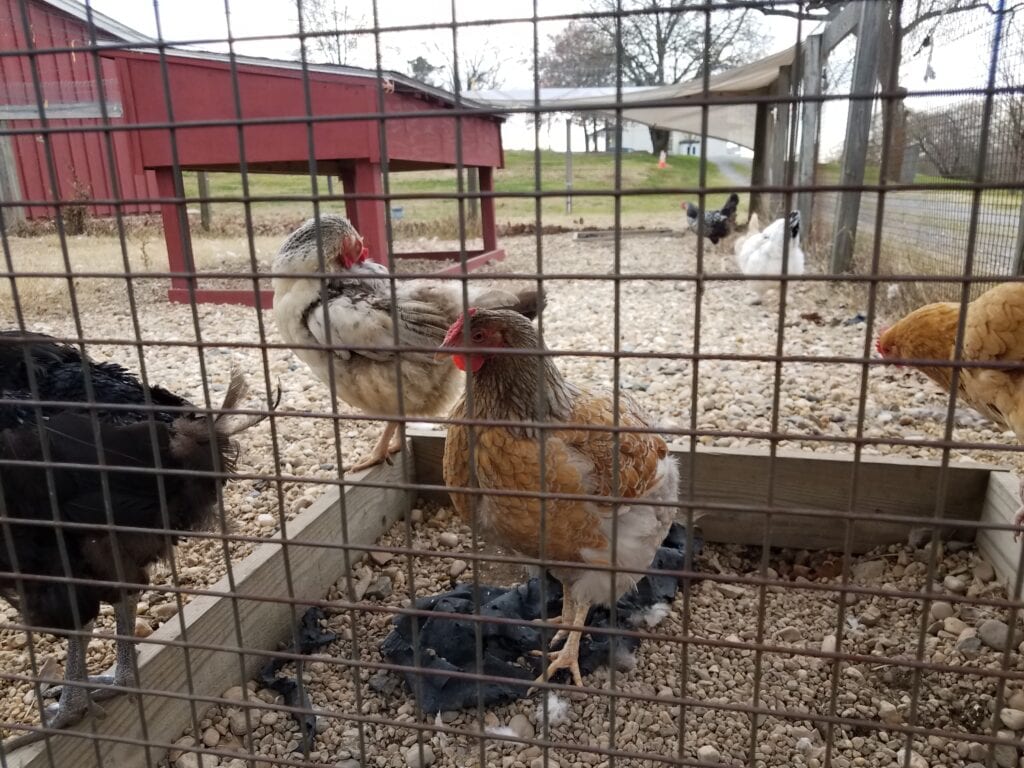On Saturday, February 20, Russian health officials said that its scientists had detected the first known case of transmission of the H5N8 strain of avian flu from birds to humans.
Anna Popova, the head of Russia’s health oversight agency Rospotrebnadzor, said scientists at the Vector laboratory had isolated H5N8 genetic material from seven workers at a poultry farm in southern Russia, where an outbreak among the birds occurred in December.
According to Popova, none of the infected workers suffered any serious symptoms.
“All seven people…are now feeling well,” she said. “Information about the world’s first case of transmission of the avian flu (H5N8) to humans has already been sent to the World Health Organization.”
The WHO confirmed on Saturday, February 20, that it had been notified by Russian health officials. Popova said there was no evidence of transmission between humans. “The discovery of these mutations when the virus has not still acquired an ability to transmit from human to human gives us all, the entire world, time to prepare for possible mutations and react in an adequate and timely fashion.” She further stated that preventive measures had been immediately taken to stop the spread of the disease.
People can become infected with both avian and swine influenza viruses, such as bird flu subtypes A(H5N1) and A(H7N9), and swine flu subtypes such as A(H1N1).
There are three main types of influenza viruses that can infect humans. Type A, B, and C. Influenza types A & B cause serious infections, while type C only causes mild infections.
Influenza viruses have two types of spikes, haemagglutinin (H) and neuraminidase (N), which they use to attach to cells, much like the Coronavirus.
There are17 types of haemagglutinin, from H1 to H17, and 9 different types of neuraminidase, from N1 to N9. Each influenza virus has one type of H and one type of N.
According to the WHO, people usually become infected through direct contact with animals or environments where animals are infected. Typically there is no continued human-to-human transmission. However, type A(H1N51) can result in serious illness in humans and has a 60 percent mortality rate.
Gwenael Vourc’h, head of research at France’s National Institute for Agriculture, Food, and Environment, stated that influenza viruses quickly mutate and that there may be other cases in Russia. “This is probably the tip of the iceberg,” she said.
Francois Renaud, a researcher at the French National Centre for Scientific Research (CNRS), was not overly concerned. He said that the COVID-19 pandemic provided an example of how to respond quickly to emerging health threats. “Draconian measures will be taken to immediately stop the outbreak,” he said.
Russia’s Vector State Virology and Biotechnology Center, which during the Cold War conducted secret biological weapons research, still stores viruses such as Ebola and smallpox. The lab was responsible for detecting the infection among the poultry workers. Vektor also developed one of Russia’s COVID-19 vaccines.
In a televised interview, The head of Vector Research Center, Dr. Rinat Maksyutov, said the lab was ready to begin developing test kits that would help detect potential human cases of H5N8 and to begin the development of a vaccine.











